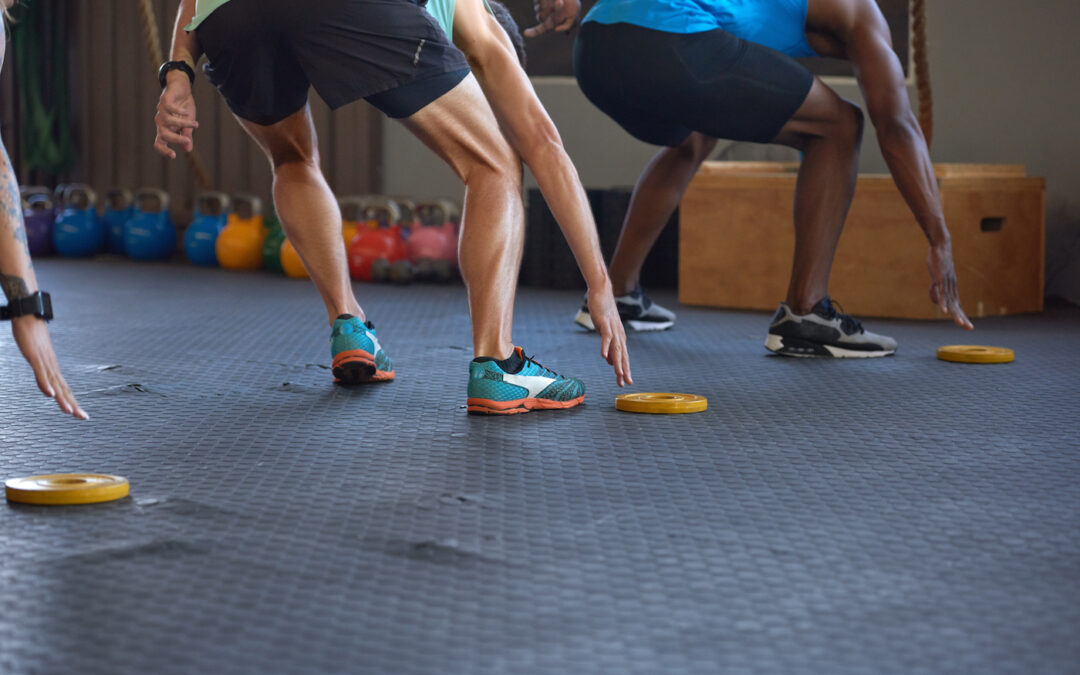Today is my third day working from home since the spread of Coronavirus. As a physical therapist, my hands are my business, therefore you can imagine how tough it is to actually get some quality work done at home! As a result, I have been all over FaceBook and Instagram to both get and give ideas. Here’s what I’ve learned so far: EVERYONE is offering online workouts, cooking classes, crafts, virtual social events, and more! There is SO much to do on the internet! I think it’s great that we are all banding together and trying to fulfill that need for human connection. However, I’ve really been thinking about all of the exercise options and “quarantine weight” concerns from a rehabilitation medicine standpoint: are we at risk of doing too much?
When I think about doing too much, I’m not talking about stuffing our days full of activities. I’m talking about exercise. I have been a competitive triathlete for eight years, and I can tell you that gym, pool, and triathlon club closures are torture (but necessary). For now, we are still allowed to run and bike outside as long as we are not in groups but the way things are looking, this could get taken away too if we are put on lockdown. The natural tendency of those who love to exercise is “more more more!” I speak of this as a physical therapist in an active community as well – my patients almost always want to do too much rather than dose appropriately, especially when resources are taken away from them.
Every day we are being exposed to multiple home workouts, live stream classes, workout “games” (every time your kids fight you have to do 10 push-ups!), etc. This is awesome, however my concern as a physical therapist is that we are going to respond with “ALL THE EXERCISE!” I’ve also seen concerns on social media regarding weight gain, excessive alcohol and junk food intake, and inability to perform preferred exercise routines due to quarantining. This is where social media feeds the fire.
Loading up on every single exercise routine or video that you see, every single day, can actually hurt you. For example, if you do 30 minutes of plyometrics every day (because of increased afterburn!) when you aren’t used to it, you can develop knee injuries from improper form and/or inadequate recovery time. And that’s just one example. As a physical therapist, one of my duties is to educate my community not only about the benefits of exercise, but the precautions as well. Exercise is wonderful and should be done most days of the week, but we have to pay attention to dosage and recovery.
Here are some general guidelines to keep in mind when incorporating these fun virtual exercise videos/classes into your quarantine routine (see what I did there?):
- Make a schedule! You stick to a schedule when you have access to your gym, pool, etc. This should still apply when you are quarantined! Make a spreadsheet, write on your calendar, input into Google calendar, whatever. Stick to it.
- Make your hard days hard and your easy days easy. There is absolutely NOTHING wrong with having a recovery day or two, depending on the intensity of your schedule. For example, if you are outside running sprints on Tuesday and have an easy indoor trainer spin on Wednesday but you need to put that crazy strength circuit somewhere….that thing had better go on your schedule on Tuesday! Just give yourself at least an hour to recover from those sprints before you do your circuit.
- When you overload a certain muscle group, give yourself at least one day before you overload the same muscle group. In short, overloading means doing more or applying more force to a muscle than it’s used to. For example, if you do a full body HIIT class that is new to you and causes you to be sore, the following day should include light to moderate cardio, yoga, or even a day off if needed.
- If you have a coach or trainer, listen to them (shoutout to Coach Tim)! They are there for a reason! Help them out by informing them of the equipment that is available to you at home, as well as any schedule modifications that may have occurred due to working from home.
- Eat and hydrate as you normally would. Just because you are making some changes to your workout routine, does not mean that you shouldn’t still fuel. I am not a dietitian but I can tell you that if you’re still exercising, you are still burning calories and that body can’t recover unless it’s properly fueled. Use caution with nutrition advice on social media – make sure it is coming from a qualified source!
Takeaway: DON’T OVERDO IT!! Again, I have this conversation frequently with my patients, especially the athletes. More isn’t always better. If you’re ever unsure, consult your coach/trainer, physical therapist, or feel free to get in touch with me – I am always more than happy to advise!
Be safe and happy training, friends!


Recent Comments